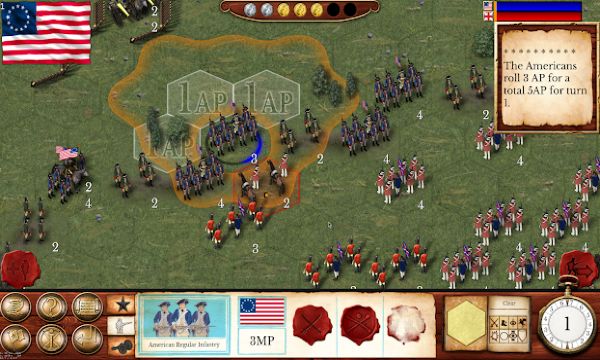
Peer-to-peer networks generally implement some form of virtual overlay network on top of the physical network topology, where the nodes in the overlay form a subset of the nodes in the physical network.

A typical example of a file transfer that uses the client-server model is the File Transfer Protocol (FTP) service in which the client and server programs are distinct: the clients initiate the transfer, and the servers satisfy these requests. This model of network arrangement differs from the client–server model where communication is usually to and from a central server. Napster was the beginning of peer-to-peer networks, as we know them today, where "participating users establish a virtual network, entirely independent from the physical network, without having to obey any administrative authorities or restrictions." Architecture Ī peer-to-peer network is designed around the notion of equal peer nodes simultaneously functioning as both "clients" and "servers" to the other nodes on the network. In May 1999, with millions more people on the Internet, Shawn Fanning introduced the music and file-sharing application called Napster. The same consideration applies to SMTP email in the sense that the core email-relaying network of mail transfer agents has a peer-to-peer character, while the periphery of Email clients and their direct connections is strictly a client-server relationship. However, news servers communicate with one another as peers to propagate Usenet news articles over the entire group of network servers. The basic model is a client–server model from the user or client perspective that offers a self-organizing approach to newsgroup servers. It was developed in 1979 as a system that enforces a decentralized model of control. Therefore, Usenet, a distributed messaging system that is often described as an early peer-to-peer architecture, was established. As a precursor to the Internet, ARPANET was a successful client-server network where "every participating node could request and serve content." However, ARPANET was not self-organized, and it lacked the ability to "provide any means for context or content-based routing beyond 'simple' address-based routing." This contrasts to the broadcasting-like structure of the web as it has developed over the years. The early Internet was more open than the present day, where two machines connected to the Internet could send packets to each other without firewalls and other security measures. Tim Berners-Lee's vision for the World Wide Web was close to a P2P network in that it assumed each user of the web would be an active editor and contributor, creating and linking content to form an interlinked "web" of links.
#We. the revolution torrent software
The peer-to-peer movement allowed millions of Internet users to connect "directly, forming groups and collaborating to become user-created search engines, virtual supercomputers, and filesystems." The basic concept of peer-to-peer computing was envisioned in earlier software systems and networking discussions, reaching back to principles stated in the first Request for Comments, RFC 1. While P2P systems had previously been used in many application domains, the concept was popularized by file sharing systems such as the music-sharing application Napster (originally released in 1999). In such social contexts, peer-to-peer as a meme refers to the egalitarian social networking that has emerged throughout society, enabled by Internet technologies in was established in 1999 The concept has inspired new structures and philosophies in many areas of human interaction. While P2P systems had previously been used in many application domains, the architecture was popularized by the file sharing system Napster, originally released in 1999. Peers are both suppliers and consumers of resources, in contrast to the traditional client–server model in which the consumption and supply of resources are divided. Peers make a portion of their resources, such as processing power, disk storage or network bandwidth, directly available to other network participants, without the need for central coordination by servers or stable hosts. They are said to form a peer-to-peer network of nodes. Peers are equally privileged, equipotent participants in the network. Peer-to-peer ( P2P) computing or networking is a distributed application architecture that partitions tasks or workloads between peers.

A network based on the client–server model, where individual clients request services and resources from centralized servers


 0 kommentar(er)
0 kommentar(er)
